More about Wheatfield with Crows
- All
- Info
- Shop

Contributor
Van Gogh’s Wheatfield with Crows, created in the last few weeks before the artist’s death, is linked directly to his state of melancholia.
Although the artist himself admits to the loneliness expressed in this painting, the wheatfield was meant to portray a bountiful countryside. Some creative art critics have obsessed over the painting so much that they started seeing things. Among the bizarre sightings in the artist’s brush strokes is an image of large birds that resembles archangel Gabriel stemming from his apparent desire to paint images of salvation. Needless to say, these interpretations have been dismissed as eccentric over-analysis of the painting.
This painting also appears in the recent film "Loving Vincent" as a backdrop for a few scenes. One scene involves Armand Roulin confronting Marguerite Gachet, Dr. Gachet’s daughter, about her relationship with Van Gogh. The film touches on several rumors surrounding Van Gogh’s life including Van Gogh’s alleged relationship with Marguerite Gachet. The story was likely inspired by Alyson Richman’s novel "The Last Van Gogh," which speculates on the relationship between the artist and Marguerite Gachet. The book’s cover promises all the drama of a romance novel or a lifetime movie. But let’s not judge the book by its cover.
"Loving Vincent’s" theory of Marguerite and Van Gogh’s affair traces accounts from the boatman and other villagers, although there is no solid evidence. The theory imagines Dr. Gachet at odds with Van Gogh because of Van Gogh’s relationship with Marguerite. The two lovers apparently meet in secret, taking boats out to the river. The relationship supposedly created conflict between Dr. Gachet and Van Gogh, who were close friends, culminating in a heated argument. The handsome Armand Roulin trying to piece together the events that transpired before the death of Van Gogh explores various rumors such as these. In the case of Marguerite, the rumor is put to an end by her in the film when she confesses she admired the artist but wasn’t involved in a romantic relationship with him.
Although many believe this painting to be Van Gogh’s last, Tree Roots is most likely the last painting by Van Gogh. It is clear why many are prone to associate Wheatfield with Crows with his death and depression, thus assuming it was Van Gogh’s last painting before he took his own life.
Sources
- “Wheatfield with Crows.” Van Gogh Museum. Accessed: December 29, 2017. https://www.vangoghmuseum.nl/en/collection/s0149V1962
- Brooks, David. “Wheatfield with Crows.” Vincent van Gogh Gallery. Accessed: December 29, 2017. http://www.vggallery.com/painting/p_0779.htm
- “The Last Van Gogh.” Alyson Richman. Accessed: December 27, 2017. https://www.alysonrichman.com/the-last-van-gogh
- Loving Vincent, directed by Dorota Kobeila, UK & Poland: Breakthru Films & Trademark Films, 2017.
- “Tree Roots.” Van Gogh Museum. Accessed: December 29, 2017. https://www.vangoghmuseum.nl/en/collection/s0195V1962
Featured Content
Here is what Wikipedia says about Wheatfield with Crows
Wheatfield with Crows (Dutch: Korenveld met kraaien) is a July 1890 painting by Vincent van Gogh. It has been cited by several critics as one of his greatest works.
It is commonly stated that this was van Gogh's final painting. This association was popularized by Vincente Minnelli’s 1956 biopic Lust for Life, which depicts van Gogh painting it immediately before shooting himself. His final painting in actuality was Tree Roots. The evidence of his letters suggests that Wheatfield with Crows was completed around 10 July and predates such paintings as Auvers Town Hall on 14 July 1890 and Daubigny's Garden. Moreover, Jan Hulsker has written that a painting of harvested wheat, Field with Stacks of Wheat (F771), must be a later painting.
Check out the full Wikipedia article about Wheatfield with Crows

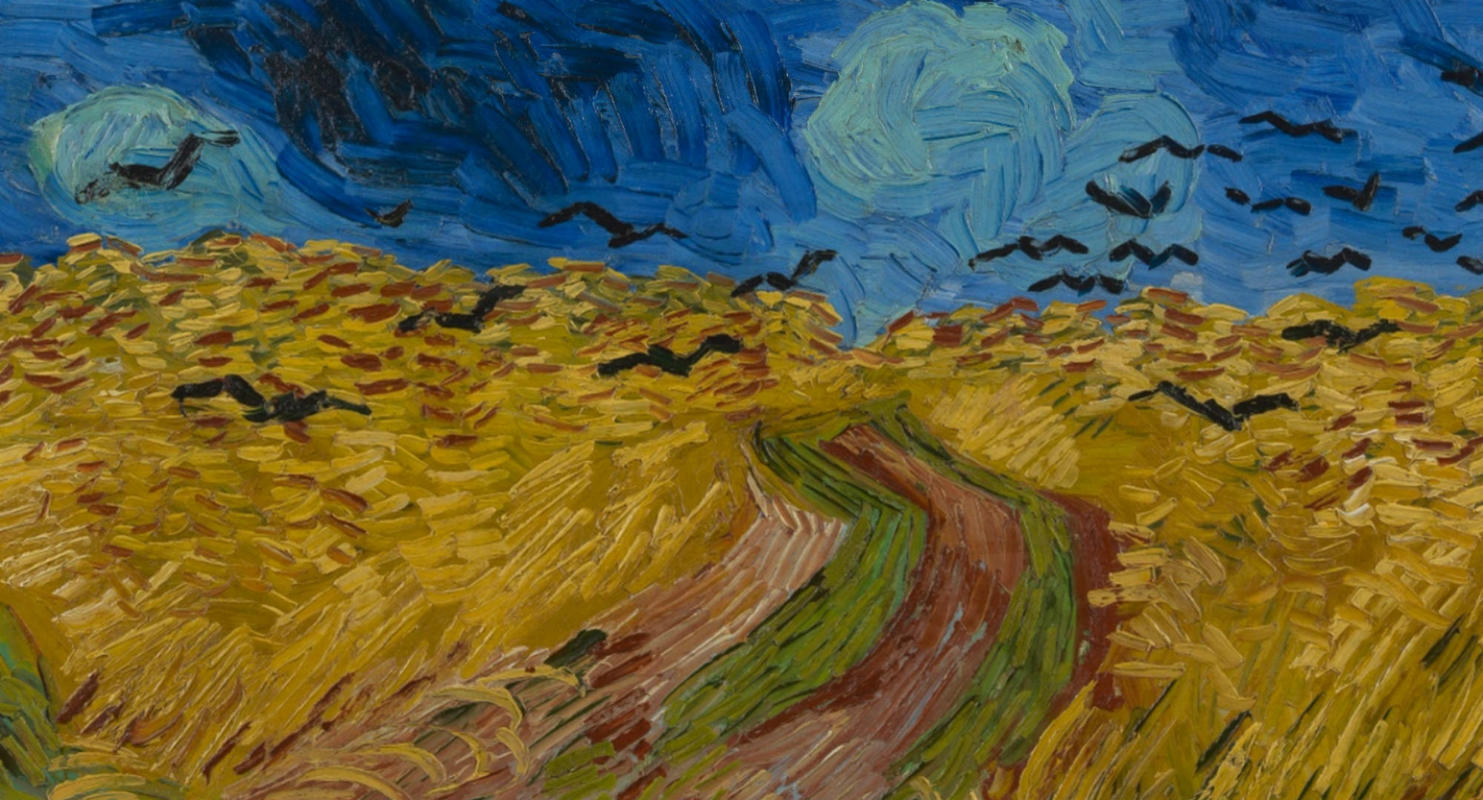
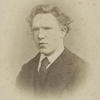

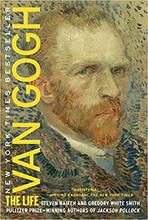
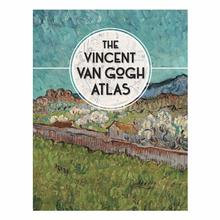











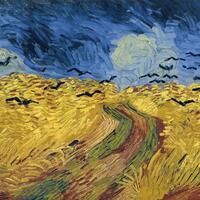
This painting is very interesting and can portray different emotions, either of a comforting night on the plains, or of a dark ominous scene. While up for debate it is believed to be one of his last pieces of work, before he committed suicide. He again uses pointillism, a common type of painting he did later in his career. His used of the yellow in contrast with the blue turning to black gives depth to the painting and give us the feeling of being right on the farm watching the storm roll in. I like his use of strokes to form the landscape (pointillism), which gives more texture to the painting. Given his most likely poor mental state I feel this painting can portray his loneliness and sadness, especially with the crows a common symbol of death and darkness. However depending on your viewpoint and knowledge of van Gough it is multifaceted in that I can be viewed as a comforting and cozy pasture.